26.10.2019
EXOS is a leading developer and operator of reusable space vehicles.
LIVE-Video-Frams:
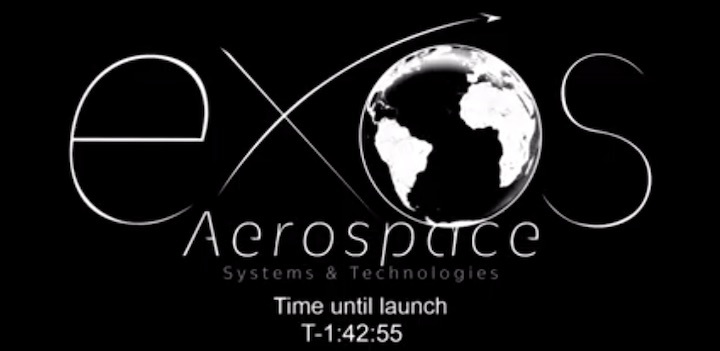
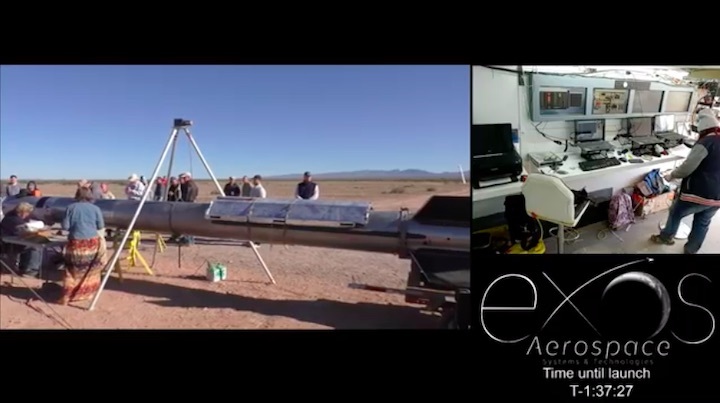
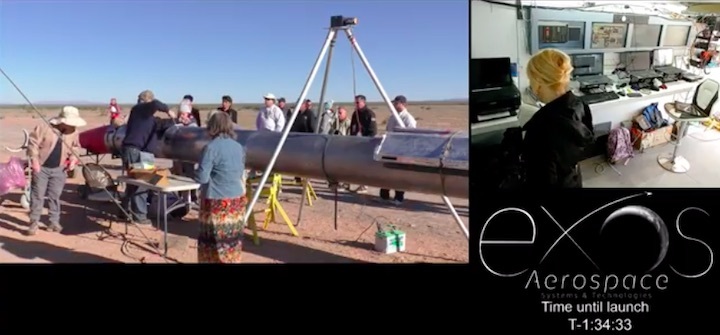
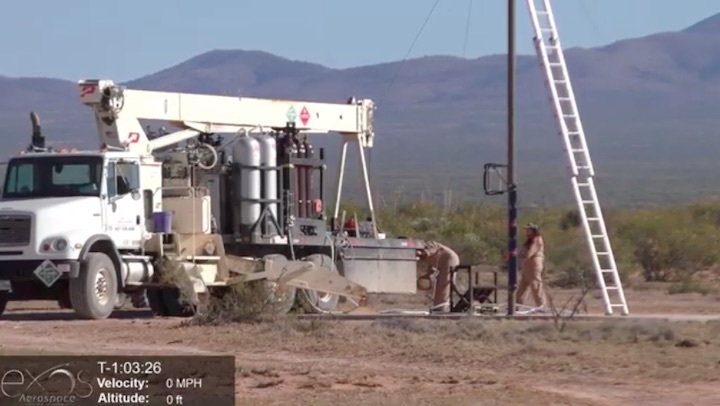
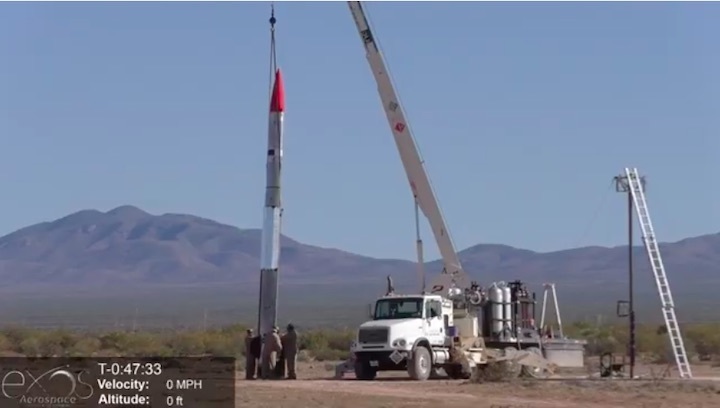
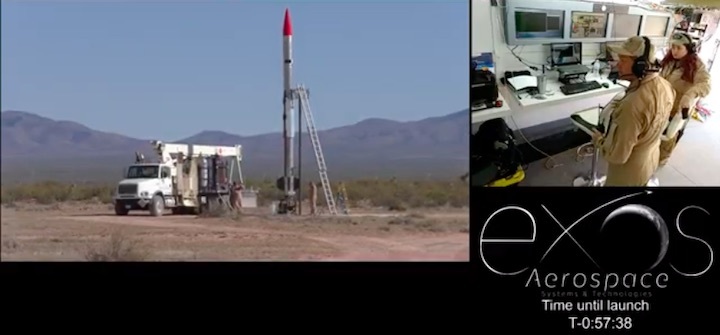
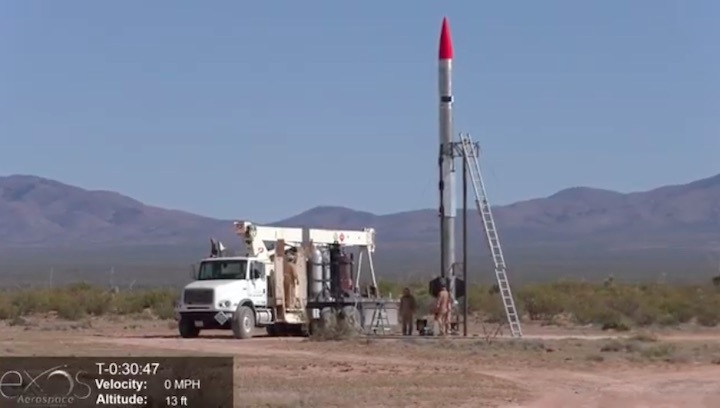
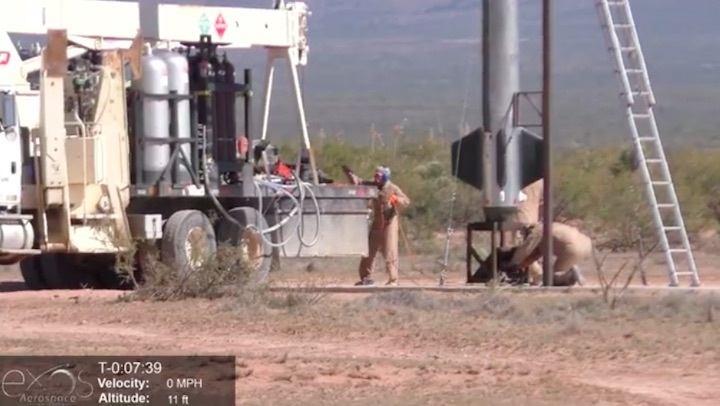
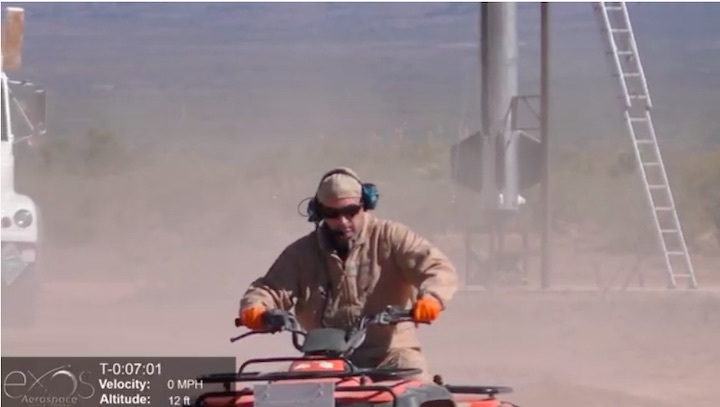
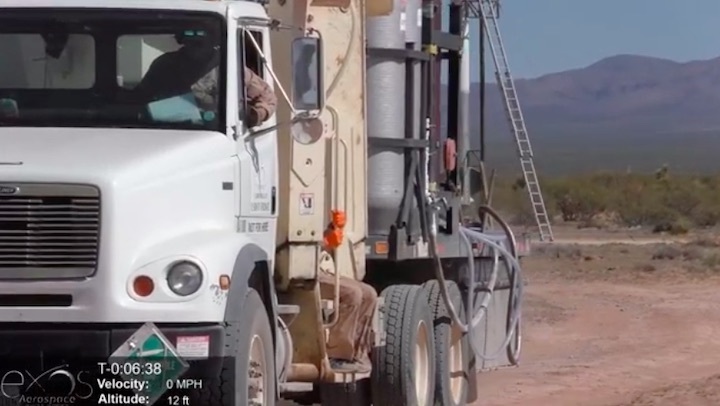
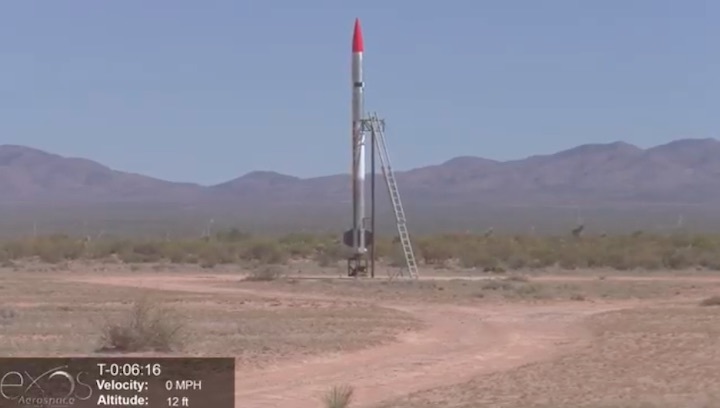
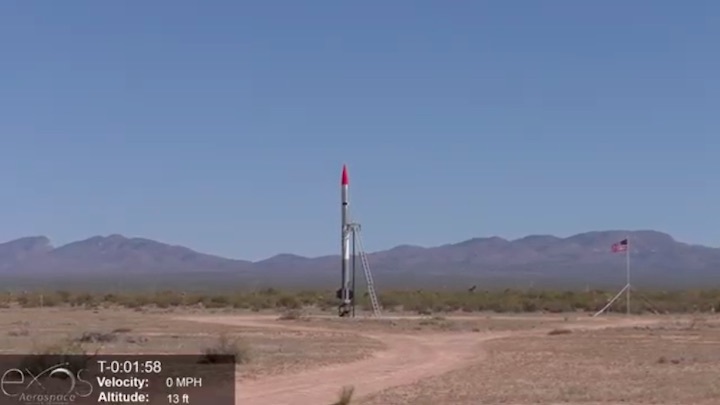
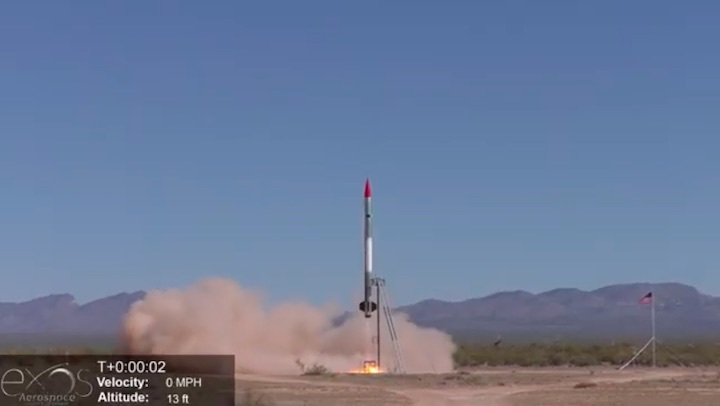
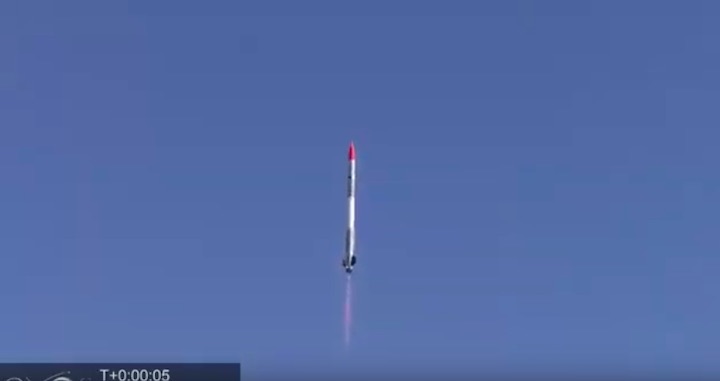
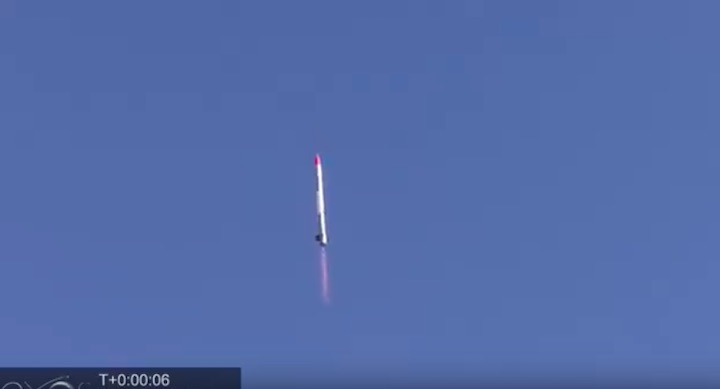
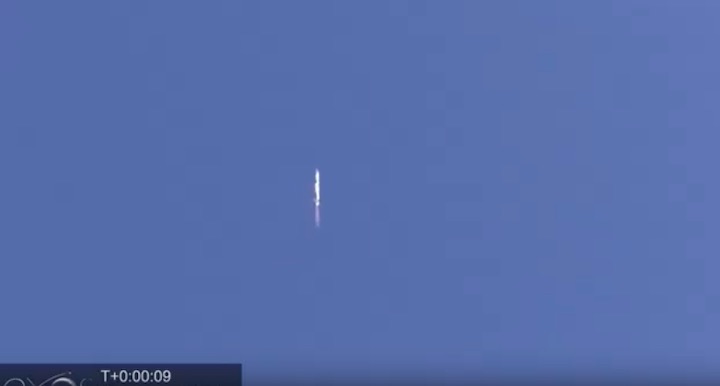
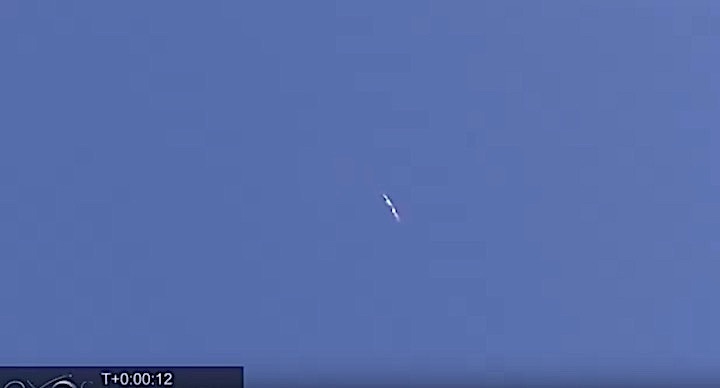

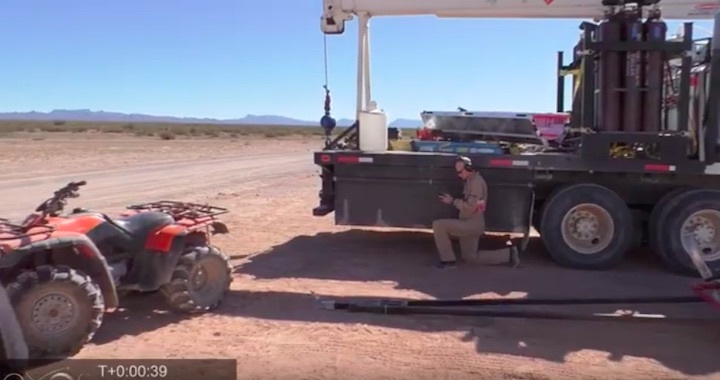
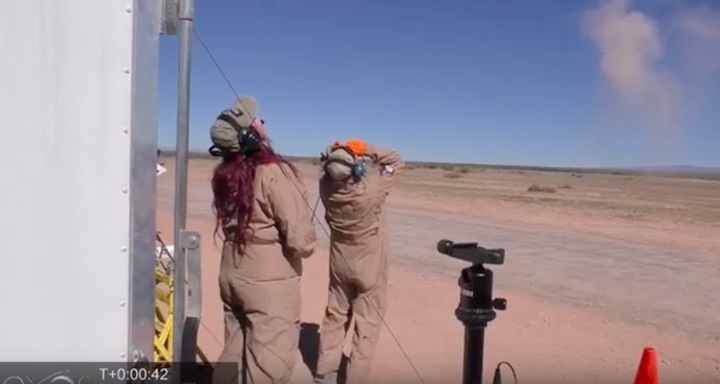
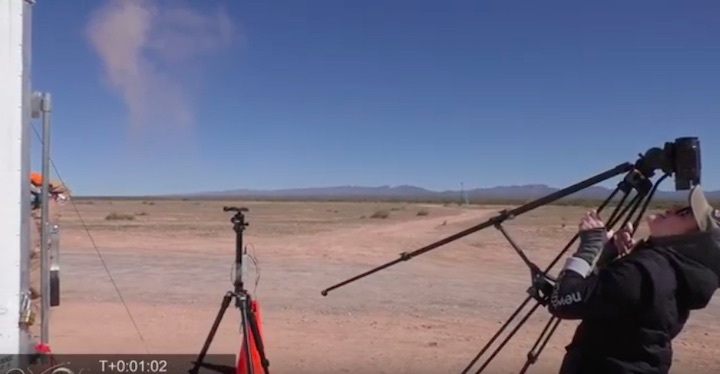

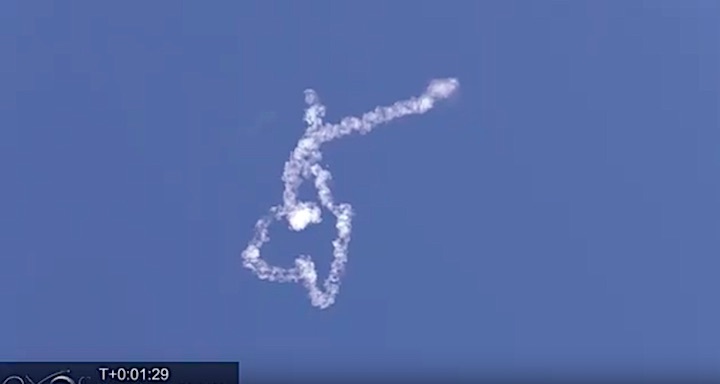
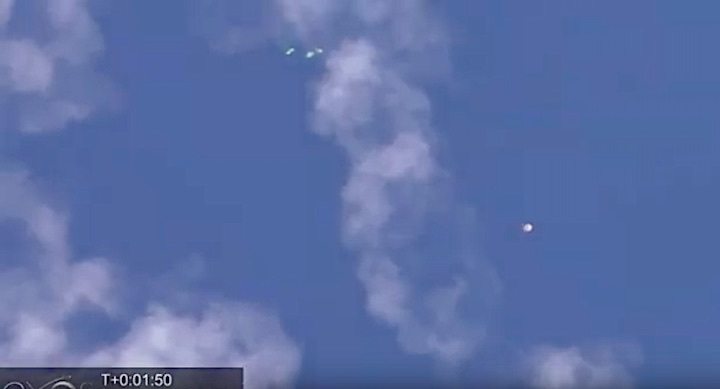
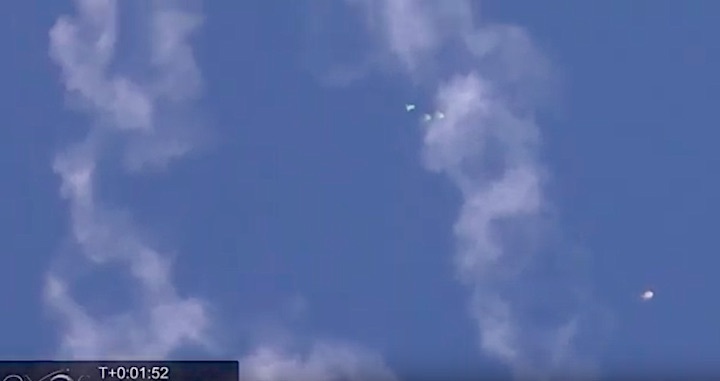
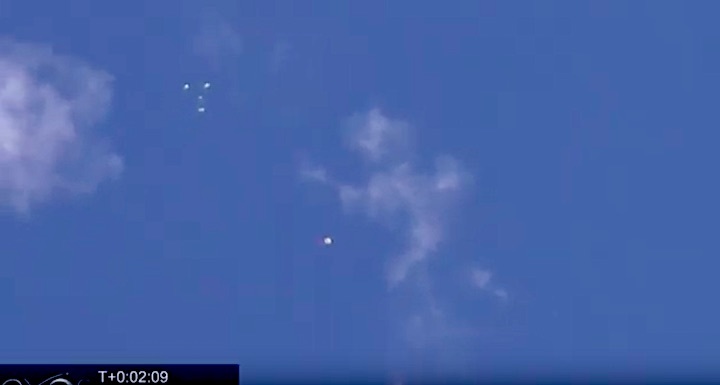
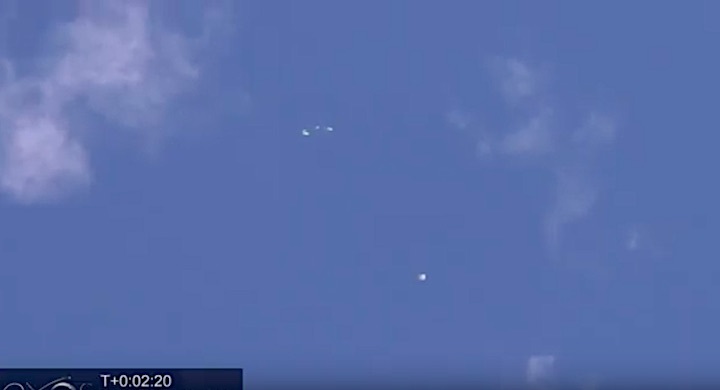

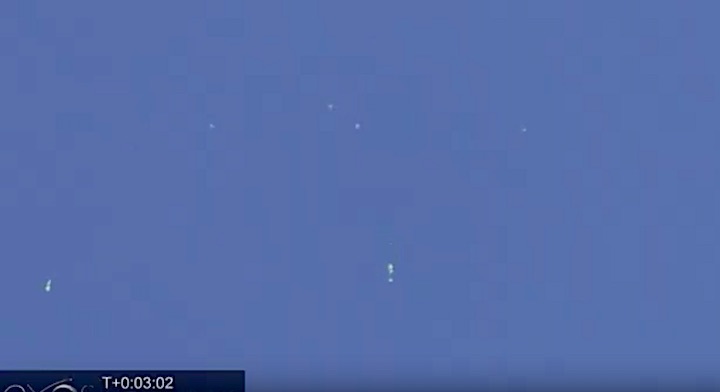
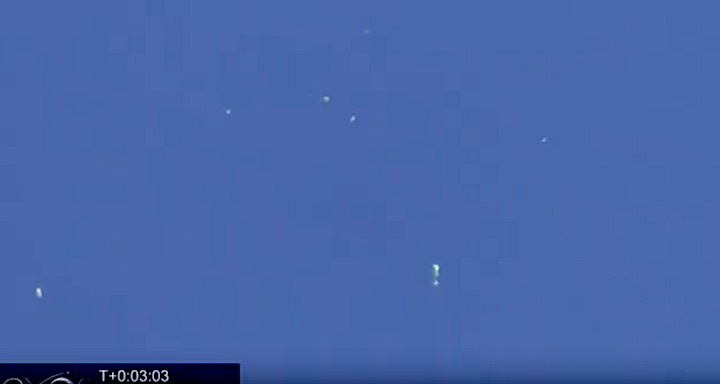
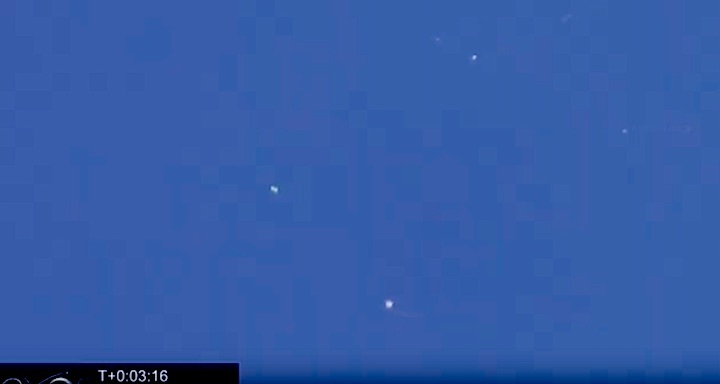

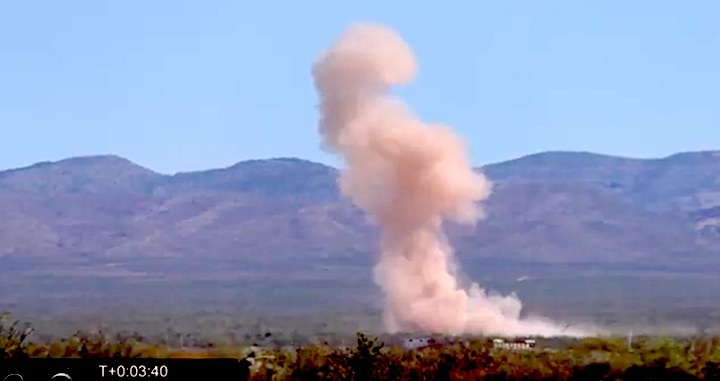
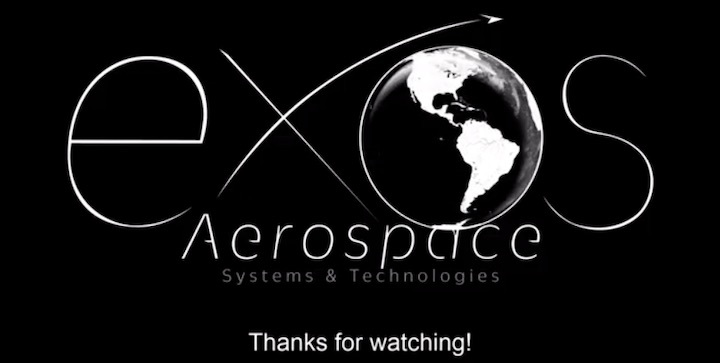
+++
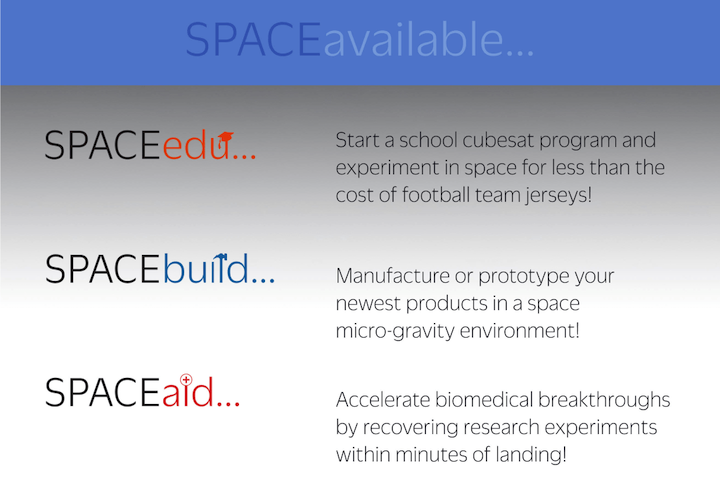
Quelle: exos aerospace
----
Update: 27.10.2019
.
Exos Aerospace suborbital launch fails
WASHINGTON — A reusable suborbital sounding rocket launched by Exos Aerospace malfunctioned shortly after liftoff Oct. 26, causing the vehicle to crash back to Earth minutes later.
The Suborbital Autonomous Rocket with GuidancE, or SARGE, sounding rocket lifted off from Spaceport America in New Mexico at approximately 1:40 p.m. Eastern. The rocket cleared its launch pad smoothly, but seconds later appeared to suffer a loss of attitude control and wobble.
The rocket is designed to deploy parachutes to guide it back to a landing near the launch site. Instead, several pieces of debris were visible falling back to the ground, and the rocket body crashed near the launch pad nearly three and a half minutes after liftoff.
The rocket reached a peak altitude of about 12,600 meters, according to telemetry displayed on the webcast, far short of the planned altitude of at least 80 kilometers.
John Quinn, chief operating officer of Exos, gave few details about the potential cause of the failure at the end of a webcast of the flight. “This is rocket science. We’ll fix it and we will be going again,” he said.
The launch was the fourth for SARGE, a vehicle designed for dozens of flights to the edge of space. This launch carried a number of research payloads from organizations ranging from the Mayo Clinic to Purdue University, seeking to take advantage of the roughly 90 seconds of “good-quality microgravity” Quinn said a nominal flight would have provided.
Exos has experienced problems with the guidance system on SARGE in past flights. During the previous SARGE launch June 29, also from Spaceport America, the rocket started gyrating shortly after liftoff. However, the recovery systems worked as expected and the rocket was safely recovered.
Quinn said prior to this webcast that Exos replaced a faulty inertial measurement unit after the June launch. Testing completed just two days ago confirmed that the updated system was working as expected in simulations.
Exos had hoped to fly this vehicle to at least 80 kilometers in order to qualify for a NASA contract under the Flight Opportunities program, which arranges suborbital flights for research payloads. The company had also planned to use the same SARGE vehicle for back-to-back test flights, 48 hours apart, in early 2020. Quinn said the company expected to start construction of four or five new SARGE rockets next year.
Quelle: SN
